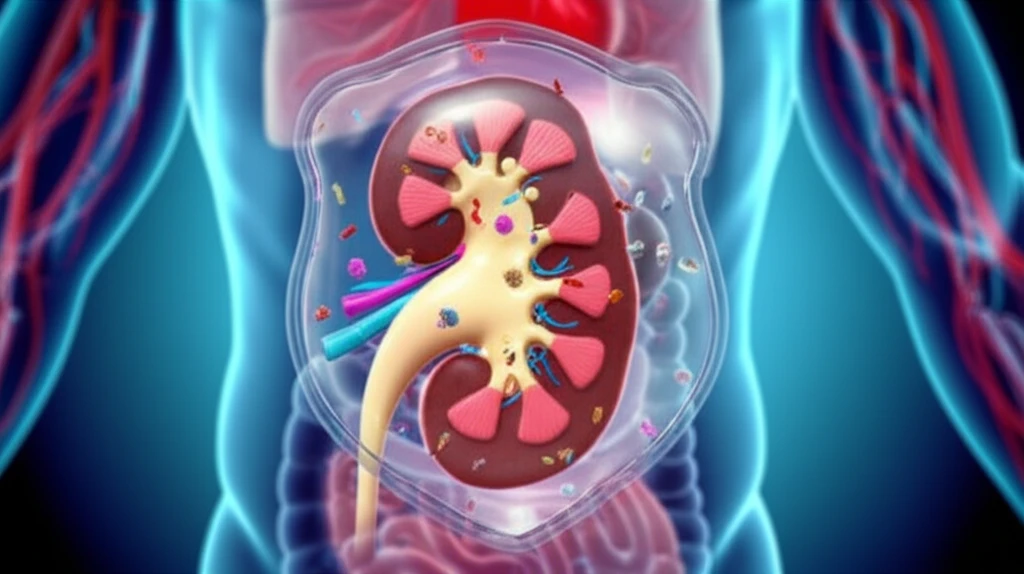
Kidney Transplant & UTIs: What You Need to Know
"A guide to understanding, preventing, and managing urinary tract infections after a kidney transplant."
A kidney transplant offers a new lease on life for individuals with chronic kidney disease (CKD), freeing them from the burdens of dialysis and its many restrictions. Managing CKD can be complex. The disease can restrict patients due to its negative effect on performing daily activities. After kidney transplants, patients often require careful attention and lifestyle adjustments. While a successful transplant dramatically improves quality of life, it's not without its challenges. Urinary tract infections (UTIs) are a frequent concern, impacting recovery and long-term health.
According to the Brazilian Guidelines for Chronic Kidney Disease, factors such as systemic arterial hypertension, diabetes mellitus, and family history increase the risk of developing CKD. Renal transplantation stands as a critical treatment for advanced CKD, offering a chance at improved health and independence. However, post-transplant care is essential to prevent complications.
This article examines the critical issue of UTIs in kidney transplant recipients, offering insights into incidence, prevention, and management. Understanding these factors is vital for both patients and their caregivers to ensure the longevity and success of the transplant.
Why Are UTIs So Common After Kidney Transplants?

Urinary tract infections are the most common bacterial infection following a kidney transplant, with reported incidence rates ranging widely from 6% to 86%. This variation stems from differing definitions of UTI, methods of urine collection, and the use of preventative antibiotics after surgery. UTIs tend to occur more frequently in the early months following transplantation and can significantly affect the health and well-being of recipients.
- Compromised Immune System: Immunosuppressant medications, crucial for preventing organ rejection, also weaken the body's natural defenses against infection.
- Surgical Procedures: Catheterization, often necessary during and after transplant surgery, introduces bacteria into the urinary tract.
- Structural Abnormalities: Pre-existing conditions or surgical complications can sometimes lead to urinary tract abnormalities that increase the risk of infection.
- Prolonged Hospital Stays: Extended hospitalization increases exposure to antibiotic resistant bacteria.
Protecting Your Transplant: Practical Steps for Preventing UTIs
While UTIs pose a risk, proactive measures can significantly reduce their occurrence. A comprehensive approach involves lifestyle adjustments, meticulous hygiene, and close collaboration with your healthcare team. Remember, your health and vigilance play a vital role in protecting your new kidney.
